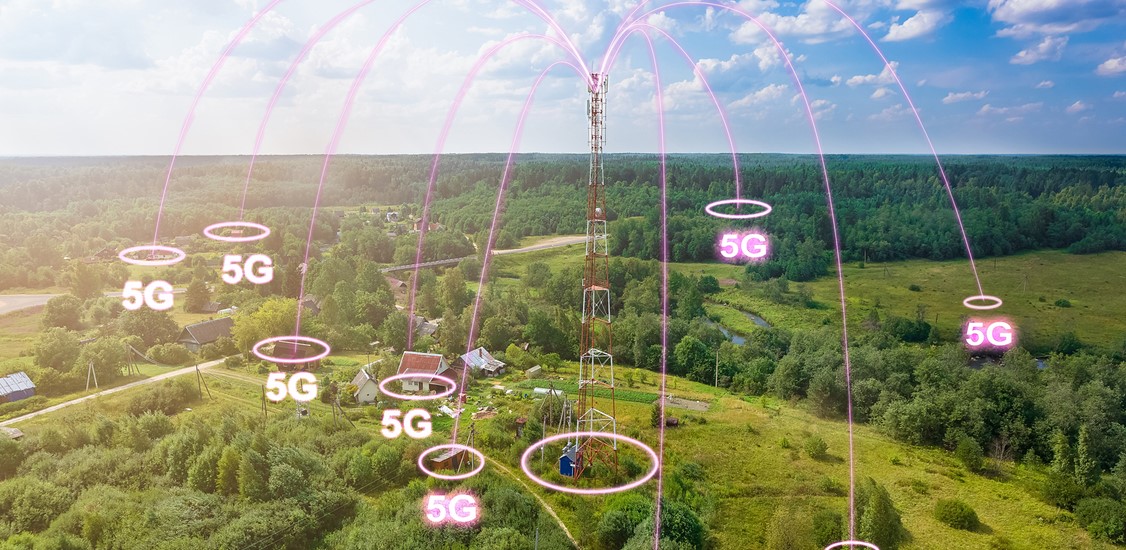Communication service providers have big ideas about the future of the industry. With 5G networks, they can support amazing new use cases and revenue models: ultra-low latency industrial networks, autonomous vehicles, immersive augmented reality experiences, and more. At least, in theory. In practice, CSPs deploying 5G infrastructures are finding that, while the science fiction use cases are certainly possible, they first need to nail down the basics. Things like:
- Verifying that 5G services are actually working, especially after making a change
- Detecting and fixing problems before they turn into massive outages
- Confirming that services actually provide the performance, ultra-low latency, or other attributes that CSPs have committed to under service-level agreements (SLAs)
In short, operators need effective assurance for 5G networks and services. Unfortunately, the huge changes that come with 5G don’t stop at new service experiences. They also upend the monitoring approaches the industry has relied on for years. If service providers want to pin their financial futures on next-generation services, we’ll first need to master next-generation assurance.
Overcoming limitations of legacy monitoring
What’s wrong with traditional assurance approaches? Nothing - so long as you’re using them in 4G networks. Try translating them to 5G operational environments though, and they quickly soon begin to struggle when dealing with the virtualized, disaggregated nature of 5G infrastructure, pigeon-holing them into very specific use cases. In every prior network generation, telco networks were composed of self-contained, self-managed pieces of infrastructure (such as core network chassis with physical line cards for all the different network functions). 5G pushes CSPs into the world of cloud-native, software-defined architectures. Every part of the network becomes a dynamic piece of virtualized or containerized software, running in one or another cloud. Which means that everything from network updates to troubleshooting gets exponentially more complex.
Complicating matters further, the monitoring tools operators have relied on for years - mostly passive probes, architected to analyze real user traffic along static network paths—are no longer sufficient. Traditional passive monitoring measures individual devices and network layers, not the overall service experience. Meanwhile, conventional service-level assurance tools focus on overall application performance with little insight into which parts of a highly complex, dynamic underlying 5G infrastructure might be causing a problem.
How do you instrument a passive monitoring infrastructure for a disaggregated, cloudified network, where services and the paths they traverse constantly change? As the scope of network functions, features, and performance attributes to measure grows, how can you map out the implications of changes in specific components or combinations of components? And how can you understand those implications before they impact services - and violate the stringent SLAs that are now a cornerstone of your business?
The active assurance advantage
Fortunately, the industry has an answer to these questions: active assurance. Unlike passive monitoring, which only measures real user traffic, active assurance emulates users by injecting synthetic traffic into the network. This allows CSPs to experience the network from the user’s point of view. Think of active testing as actual end devices that can be placed anywhere in the network. They use the same authentication and security as real devices. They run the same applications. And they can traverse and utilize the infrastructure exactly like real users do.
This active approach enables assurance that can scale with dynamic 5G networks, including automatically re-testing services anytime something changes. It’s highly flexible, allowing CSPs to conduct different tests at different locations as needed. And it provides real-time visibility into both network- and service-level performance, providing essential visibility to validate and police SLAs.
What does active assurance bring to 5G networks and services?
- Monitoring as dynamic as 5G infrastructure: With traditional passive monitoring, CSPs have to re-architect assurance visibility every time the infrastructure changes. By mimicking users, however, activeassurance test agents experience services just as users would, following the same network paths, subject to the same issues. Anytime the environment changes - such as if the network starts sending traffic along a new path to route around a problem - active testing automatically changes too, because its cloud-native nature allows it to actually become part of the network.
- Always-on visibility: As paths change and the network dynamically updates, active assurance dynamically tests and verifies services, 24/7/365. Additionally, when CSPs continually inject test traffic throughout the network, they don’t have to wait until a degradation or outage impacts real users (and SLAs) to find out about it. In many cases, they can detect, isolate, and resolve issues before users even notice a problem.
- Accelerated troubleshooting: CSPs can deploy active test agents across the network, using both continuous testing and agents on standby, waiting to be activated as needed. In both cases, network operations teams can troubleshoot issues much more quickly. Active testing is particularly helpful for isolating sporadic issues - seemingly minor problems that a dynamic 5G network adapts around, but that can cause major outages if the underlying problem isn’t addressed. Since active testing follows the full path of a service like real user traffic, it can quickly identify exactly what’s happening and where.
- Machine learning (ML) intelligence: Active assurance tools use ML to quickly zero in on potential issues in highly complex 5G networks. In addition to accelerating troubleshooting, these ML capabilities can also optimize SLA monitoring. We can’t assume that human beings will always know the right key performance indicators (KPIs) and thresholds to track for next-generation services. But an ML intelligence that’s constantly analyzing the environment will—and can continually update KPIs as the network evolves.
Let’s get back to basics
There’s nothing wrong with dreaming about the new service experiences that next-generation networks can enable. 5G really does take telco networks to new levels of scalability, customizability, and performance. Autonomous drone delivery, remote robotic surgery, and a thousand other amazing use cases really are now possible. But they are not inevitable.
Before CSPs can get to the science fiction future, we need to address the tangible, tactical, day-to-day complexity that 5G brings to telco infrastructure and operations. We need to make sure we’ve mastered the basics: monitoring across hybrid service environments, guaranteeing low latencies for real-world applications, ensuring that we can quickly diagnose problems. With active assurance, we can put in place a framework for deploying, managing, and troubleshooting next-generation services that’s as agile as 5G infrastructures themselves.




















